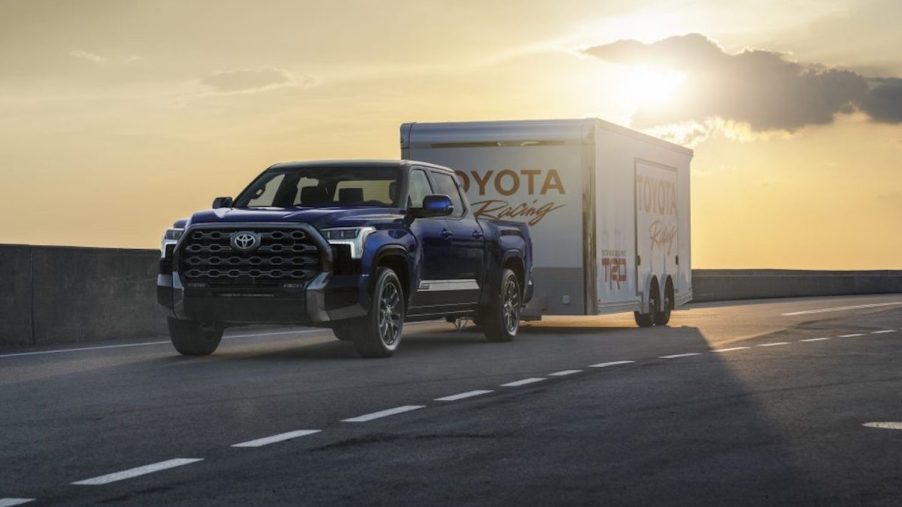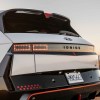
Toyota Now Using Scratch and Dent Parts on New Cars to Save Money Amid Supply Chain Issues
Toyota is the GOAT when it comes to toughness and reliability. Just take the Toyota Land Cruiser, for example. It is a staple in the 4×4 community for its stubborn reliability and Earth-crushing off-road ability. However, will the news of Toyota becoming more flexible with its standards to use scratch and dent parts from suppliers make people question the brand’s reputation?

Is Toyota really that reliable?
Historically, Toyota cars, trucks, and SUVs have been some of the toughest vehicles on the road. However, the recent news out of Tokyo has some worried that that reputation might be in jeopardy.
According to Autoblog, this past Tuesday, Toyota said they were fine with using damaged or blemished parts as long as the parts still worked. The supply chain issues have hobbled the world’s biggest automaker over the past years, costing Toyota dearly. This decision to use these parts is one of necessity and practicality. Toyota feels that if the parts are still good and aren’t visible, then it shouldn’t affect a customer’s experience with a car. The logic is sound but will customers see it that way?
What kind of parts are we talking about here?
“We are careful about the outside of our vehicles, the parts you can easily see. But there are plenty of places that people don’t notice unless they really take a good look,” Takefumi Shiga, Toyota’s chief project leader for vehicle development, said during a press briefing.
This shift in acceptable quality from Toyota is a fascinating and understandable change. Toyota has earned the public’s trust by prioritizing the building quality vehicles above flashy vehicles. While this stubborn commitment to simple quality and the “don’t fix what ain’t broke” mentality has landed Toyota as the butt of many automotive jokes, it has also garnered immense respect from the automotive community.
This decision feels like a wide departure from the brand’s normal milieu. But if you pay attention to how the brand’s spokespeople speak about the decision, it might be more in line with the brand’s ethos than it may seem at first.
How has this change affected the business?

Last month, Toyota raised its operating profit outlook by 12 percent for the year. According to Autoblog, this profit bump was also helped by favorable currency rates. Toyota warned – that a shortage of semiconductor chips curbing production and increasing material costs – was hurting its profitability.
This lowering of standards comes from a project started in 2019 in which Toyota engineers visit the manufacturing plants of their parts suppliers to see how the operations look. These visits are meant to ensure that the scratch and dent bits are acceptable for Toyota’s standards.
Shinga and friends visited a seatbelts parts manufacturer to see which parts they were unnecessarily rejecting. The results were a reduction in rejected parts by nearly 75 percent. With production being such an issue, tough decisions like this may help to keep Toyota moving at a better rate than some competitors.



